GLAS Special: The GLDA reviews its 2022 International Seminar
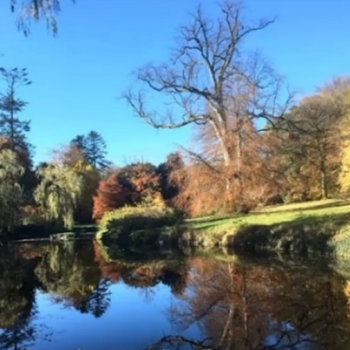
Bernie O’Reilly looks back at the highlights of the virtual GLDA Seminar on trees and their role in the environment
21 July 2022
Someone once described the annual GLDA Seminar as the horticulture equivalent to the Oscars, and while a virtual event is no comparison to a live seminar where we get to chat to like-minded horts, meet with old friends and make new acquaintances, this year was an exception, because it was all about the best and oldest friends of all – trees, trees, and more trees!
As an unabashed tree hugger, the prospect of spending an entire day immersed in live-streamed talks by a panel of highly respected, inspirational, and passionate speakers about planning trees, planting trees and trees to help save our ailing planet, filled me with thrilling anticipation. And I wasn’t alone, as the PR on this year’s GLDA International Seminar on trees reflected, with articles in all the relevant newspapers and social media platforms. We had participants from all corners of Ireland, the UK and Europe joining in to learn more.
Speakers included; Henrik Sjöman, Swedish botanist, plant hunter and landscape architect; Gerald Mills, associate professor of Physical Geography at UCD, Thijs Dolders, a landscape architect working in Utrecht; Charlotte Harris of Hugo Bugg Studios; and Thomas Packenham, custodian of Tullynally Estate.
Stark warnings
Following COP26 Climate Change Conference in Glasgow, stark warnings were heralded that we cannot afford to push back the 1.5oC goal on a rise in global temperatures and we know that carbon dioxide (CO2) is the main culprit in global warming.
Trees and other plants transform carbon dioxide from the atmosphere, through photosynthesis, into carbohydrates, which they store away and use to make stems, leaves and roots. The immense value of trees does not end there as research proves that trees are good for our health and wellbeing, for the environment in a myriad of ways and most importantly for our wildlife and biodiversity.
There is also the connections and associations we form with trees, which was mentioned by two of our speakers; Charlotte Harris and speaker, Thomas Packenham. This resonated with me as in my own garden we have a Chestnut tree grown by my much-loved uncle, since deceased, from a chestnut from his 100-year-old tree, a Blue Cedar gifted to me by a very dear friend which has a seat at its base for contemplation and an Oak tree grown from an acorn collected in Avondale Forest linking further connections to our little Parnellite cottage.
Ecosystem services
The first speaker of the day was Henrik Sjöman, a Swedish botanist, plant hunter and landscape architect, works as scientific curator at the Gothenburg Botanical Garden in Sweden and researcher at the Swedish University of Agricultural Science.
Through extensive research, Sjöman engaged the audience about how and where we use trees and what the capacity is for a tree to grow here and not there and most importantly the capacity for delivering specific ecosystem services.
Ecosystem services is defined as ‘the direct and indirect contributions of ecosystems to human well-being’ and the understanding that large healthy trees have a greater capacity
Green infrastructure
Gerald Mills, associate professor of Physical Geography at UCD, opened his talk on ‘Cities, Climate Change and Green Infrastructure’ with an image of a vastly built-up suburb of Mexico City, entirely populated by human activity with very few elements of green – the question he posed was ‘to what extent can green infrastructure compensate for some of these urban effects’.
Mills explained that cities are mainly responsible for rising CO2 emissions in the atmosphere and went on to describe the vicious cycle of how individual cities produce materials and eventually all those materials accumulate into the global atmosphere which causes climate change which in turn effects individual cities, so decisions made at local level have an influence on the global scale.
The impact on cities from those projected climate changes are a rise in temperatures, heat waves, increase in intensity of heavy precipitation or drought, increase in cyclone activity, and raised sea levels.
Talking Trees
Thijs Dolders is a landscape architect and works part time with Ebben Tree nursery in Utrecht as plant advisor to landscape architects, urbanists, and garden designers.
In his presentation entitled Talking Trees, Dolders talked about the idea of selecting trees that are native because they have always grown there and the perception that only native trees support our insects and birds and all kinds of invertebrates while non-native or ‘foreign’ trees are probably invasive.
Then on a completely opposite approach, he has encountered people who want to plant edible gardens and food forests and are introducing trees and plant species that produce lots of fruit and therefore lots of seeds which may turn out to be invasive.
Dolders added that while native trees do contribute to beautiful landscapes, most urban environments do not correspond with our ‘native environments’ at all. He showed an overview of Dublin City Centre (noticeably lacking in tree cover) pointing out that native trees do not feel at home in this environment where its dry and hot, the soils are artificial, rainwater is artificial and there are so many reflective surfaces.
Our relationship with trees
Charlotte Harris’s talk – entitled ‘From Edible Woodlands to Rooftop Forests’ – revealed how passionate she is about trees and our relationship with these enigmatic beings over generations. Harris sees trees as the corner stone to green space and believes that to mitigate where we are with climate change, we all must do our part.
Charlotte and Hugo Bugg form part of Hugo Bugg Studios. Harris selected three projects in which trees play a key role. Roots in the Sky is a proposed commercial development, based in South London and set over six floors. With little capacity to plant trees at ground level, they radically proposed to plant an urban forest on the roof of the building with 30% canopy cover on a site that is 95% building.
Our final speaker, Thomas Packenham, custodian of Tullynally Estate in Co. Westmeath, renowned tree expert, author, and advocate for the preservation of trees, talked about creating an arboretum. Following a most interesting account on the history of Tullynally Estate since its creation by the Earl of Longford to the present day, Packenham said that sadly most of the trees planted from around 1740 are coming to the end of their days and more are blow down with every storm.
Double our efforts
In conclusion, the seminar delivered a poignant message that we all need to double our efforts to plant more trees to help mitigate the problems of urbanisation and to radically increase the current 4.5% tree canopy in our capital city to have any kind of an influence on the environment and effectively deliver ecosystem services.
Sjöman stressed the importance our doing our own research from literature and nature on tree selection before we plan to grow trees, while Dolders talked about the importance of increasing diversity of tree species especially in urban greening situations. Packenham also echoed this thread when he talked about creating an arboretum and his ‘magnolia mania’.
We learned from Mills that, like the ‘butterfly effect’, decisions made at local level have an influence on the global scale and that trees perform an essential environmental role in our cities and towns by offsetting many of the negative impacts of urbanisation and they should be an integral part of the long-term planning strategy. Harris added that you could not invent anything so positive as trees which fight climate change, clean the air, prevent soil erosion, help with rainwater runoff, are a wonderful place for wildlife and a beautiful place for people by creating healthier and safer communities.



 Print
Print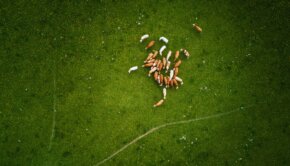
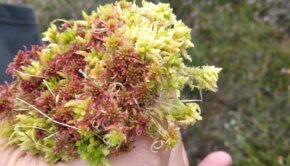
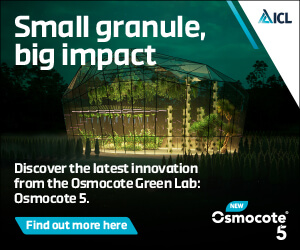
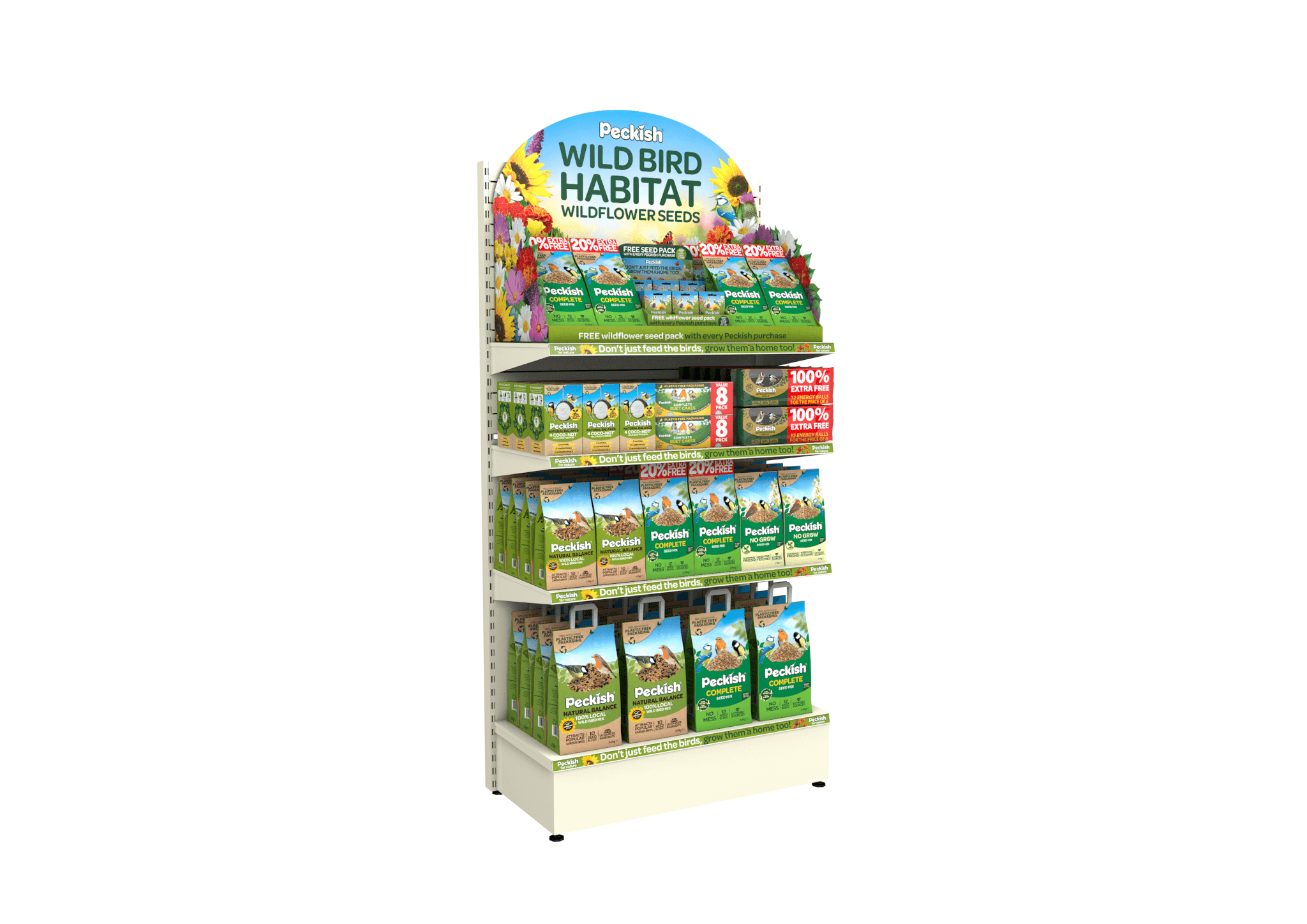
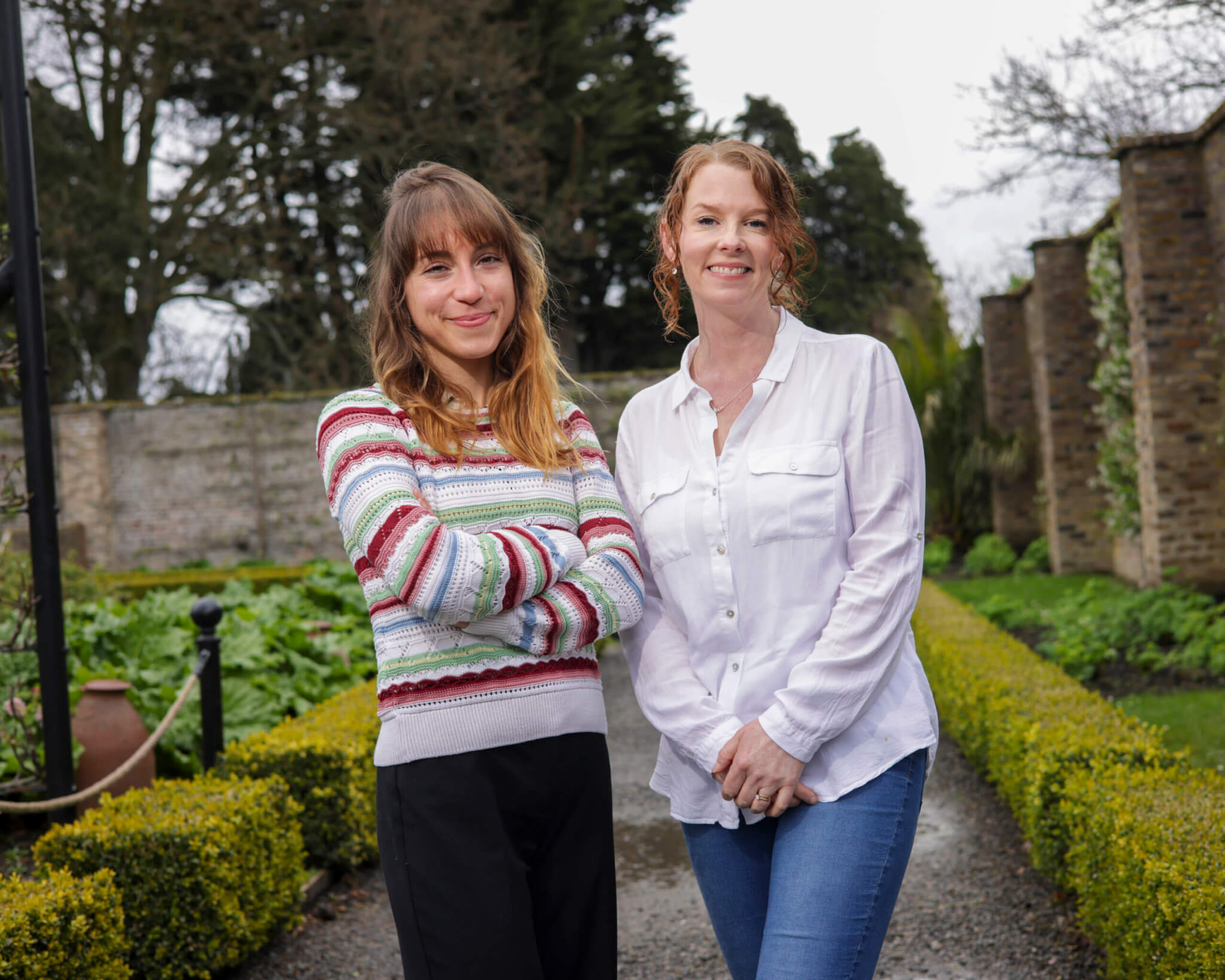
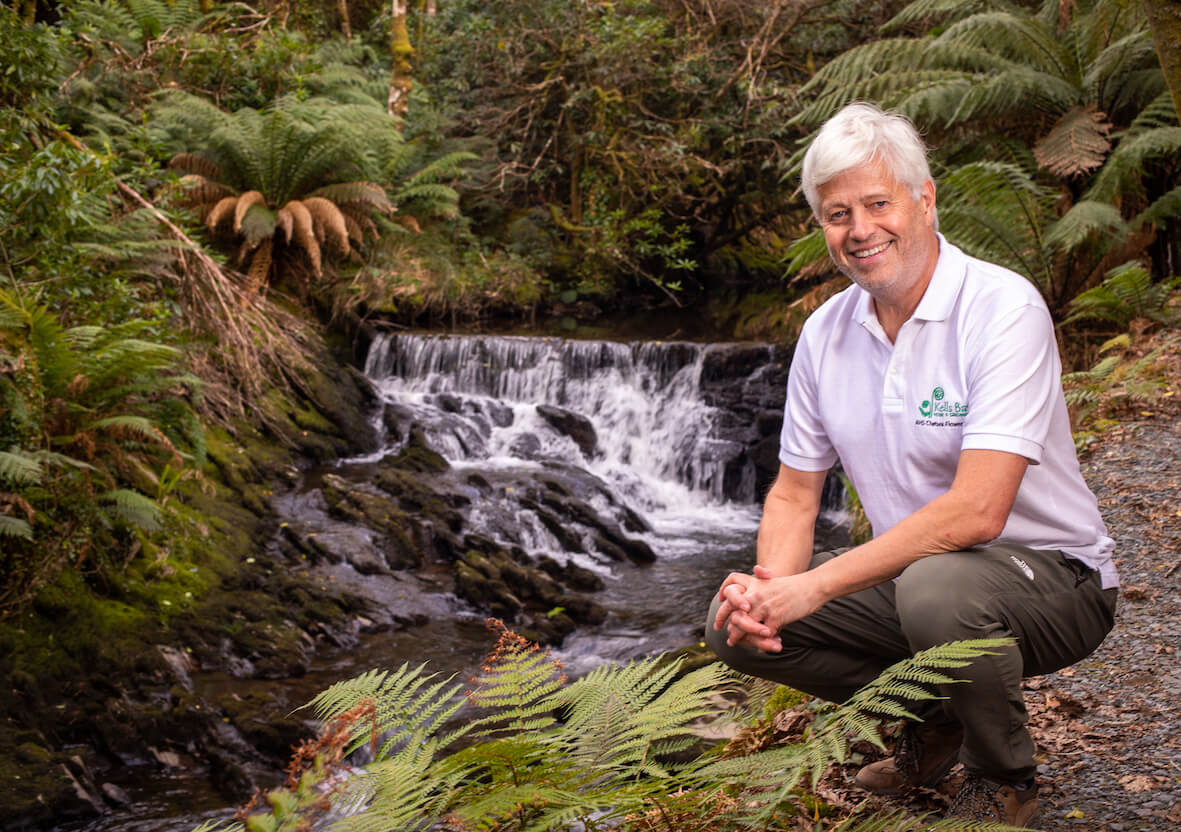

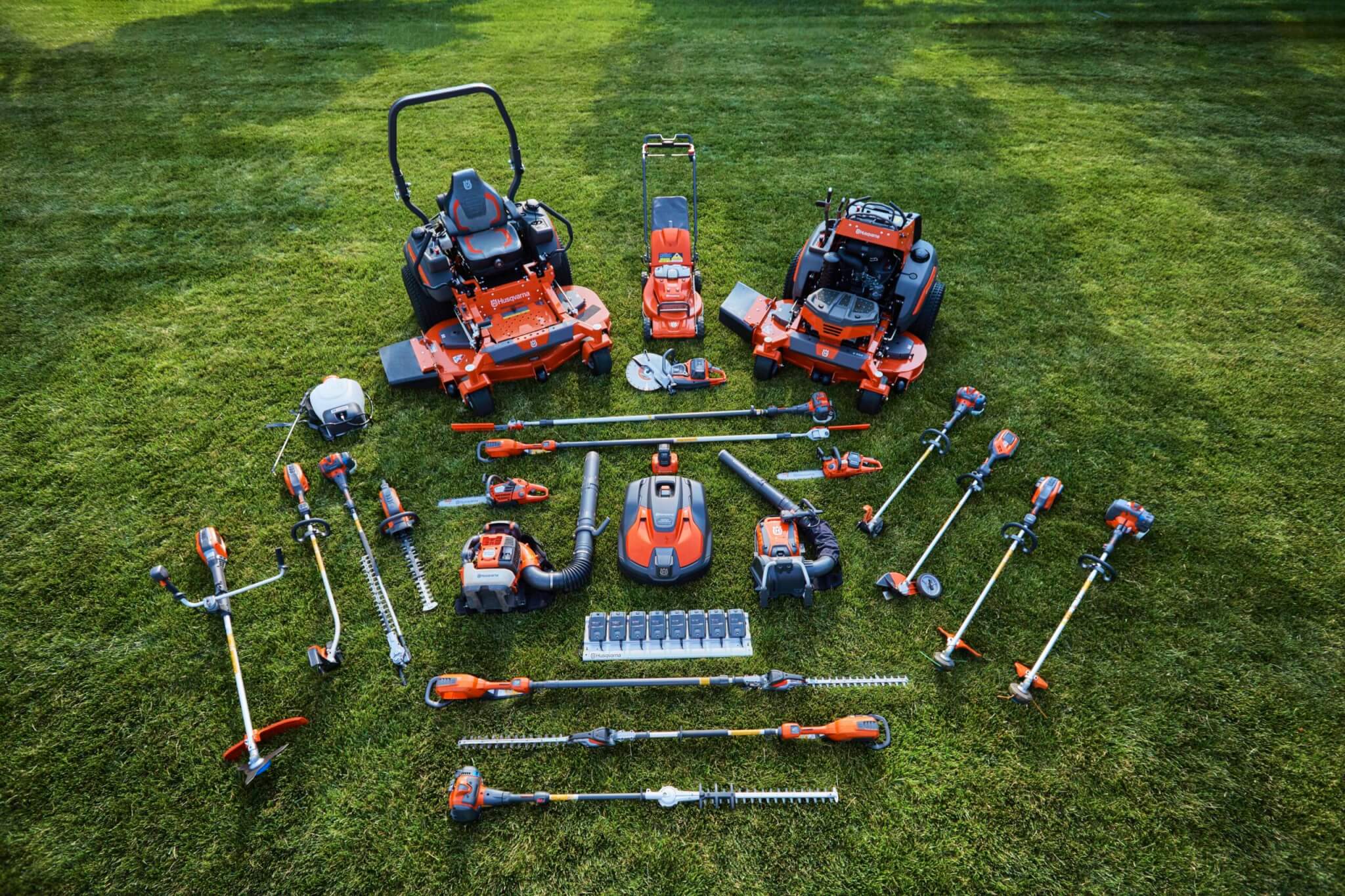
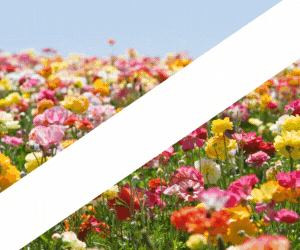

Fans 0
Followers